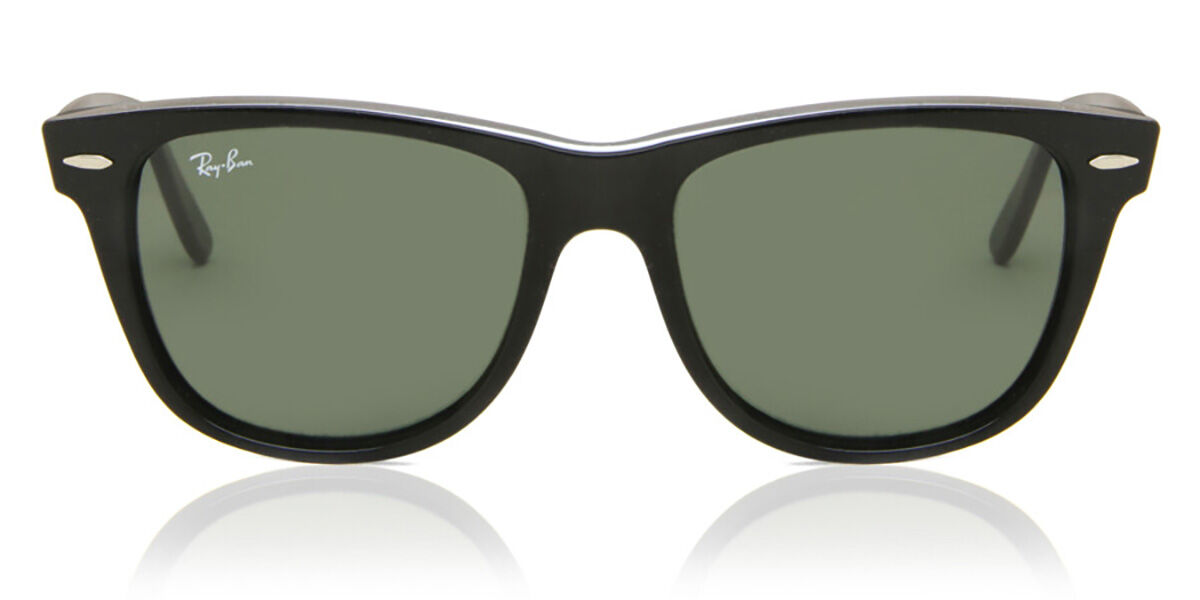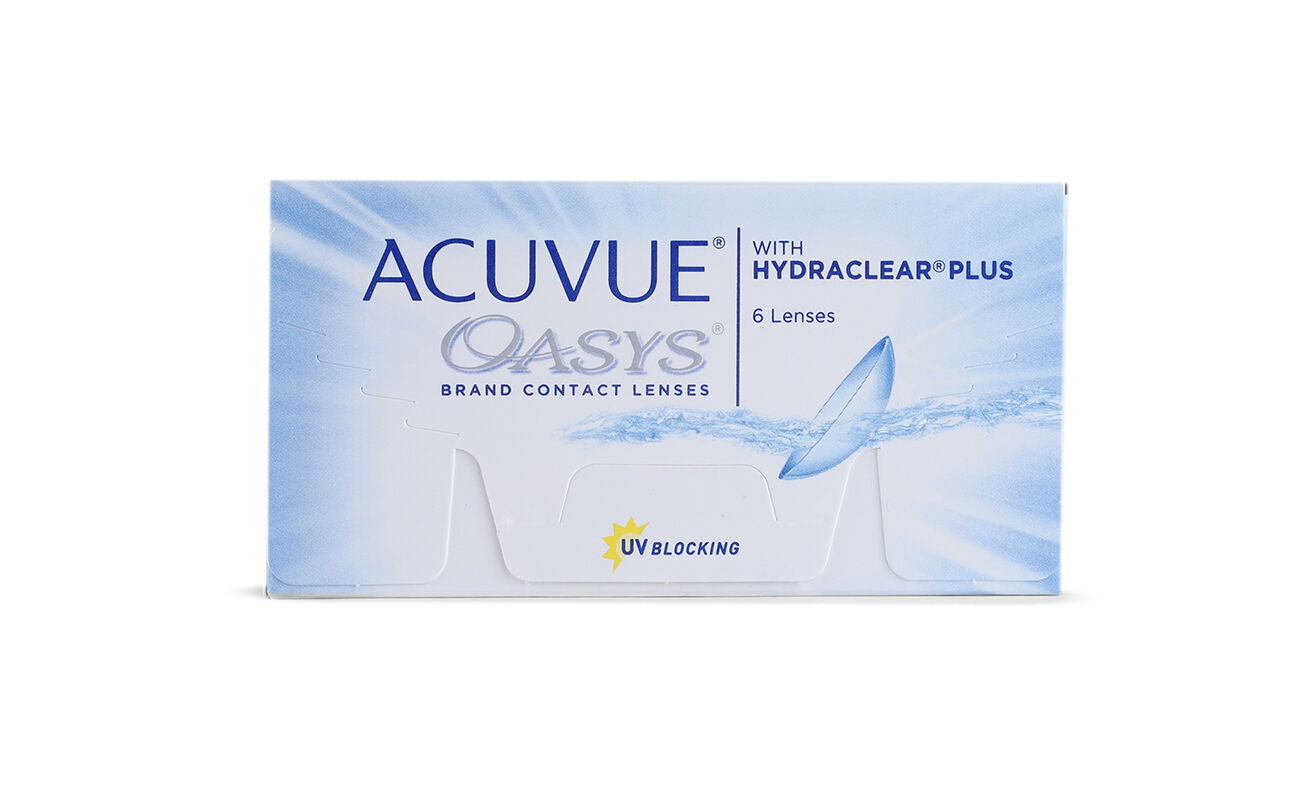Diopter Diopter (D) – A unit of measurement used to measure the power of a lens, indicating its ability to bend light. Diopters is the measurement used to record nearsightedness, farsightedness and astigmatism. For instance, a lens with a -2.00 diopter is used to correct myopia, meaning it helps focus distant objects more clearly.
Author Archives: charlotte
Corneal ulcer
Corneal ulcer Corneal ulcer – A serious eye condition that affects the cornea, usually due to infection from bacteria, viruses, fungi, or parasites. Symptoms include severe pain, redness, discharge and blurred vision. Corneal ulcers require prompt medical treatment to prevent permanent vision loss.
Corneal abrasion
Corneal abrasion Corneal abrasion – A scratch or injury to the cornea, the eye’s clear, protective layer. Symptoms include pain, redness, watery eyes or increased tearing and sensitivity to light. While some corneal abrasions heal on their own, more often they need additional eyedrops to speed up the cell regeneration. They can also sometimes lead …
Conjunctivitis
Conjunctivitis Conjunctivitis involves the inflammation or infection of the conjunctiva, the thin, clear tissue covering the white part of the eye and the inside of the eyelids. Symptoms include redness, swelling, itching and discharge. Conjunctivitis can be caused by bacteria, viruses, allergens (in which case it’s also known as pink eye), or irritants, Bacteria conjunctivitis …
Computer glasses
Computer glasses Computer glasses – Specialised eyeglasses that optimise your vision when working on computers or other digital screens. Their viewing zone is at the correct distance for computer work, thereby reducing digital eye strain and discomfort at intermediate distances. They also tend to come with blue light-blocking coating and an anti-reflective coating that reduces …
Lazy eye (Amblyopia)
Lazy eye (Amblyopia) Lazy eye (Amblyopia) – Also called a lazy eye, this is a disorder of sight in which the brain fails to fully process vision from one eye, over time the brain will ignore this eye and will favour the other eye. This can result in poor depth perception and visual clarity. Early …
Dry eyes
Dry eyes Dry eyes – A condition where the eye may not produce enough tears or the tears produced are of poor quality, leading to irritation, redness and a gritty feeling. Dry eyes can be caused by various factors, such as tear evaporation, poor blinking and blocked meibomian glands. Risk factors include aging, certain medications, …
Blue light lenses
Blue light lenses Blue light lenses – Lenses that are specifically designed to filter out a portion of high-energy visible (HEV) blue light emitted from digital screens and artificial lighting. Prolonged exposure to blue light can contribute to digital eye strain and may disrupt sleep patterns. These lenses are particularly useful for those who spend …
Blepharitis
Blepharitis Blepharitis – A chronic condition characterised by inflammation of the eyelids, usually affecting the area where the eyelashes grow. It can cause symptoms like itching, redness and crusty flakes. Although uncomfortable, blepharitis isn’t contagious and is usually manageable with good eyelid hygiene and, in some cases, medicated treatments.
Bifocal lenses
Bifocal lenses Bifocal lenses – Eyeglass lenses that contain two distinct optical powers in one lens. The upper part of the lens typically corrects distance vision, while the lower part is designed for up-close vision, such as reading. These lenses are commonly prescribed for people with presbyopia who also have a refractive error like myopia …








































